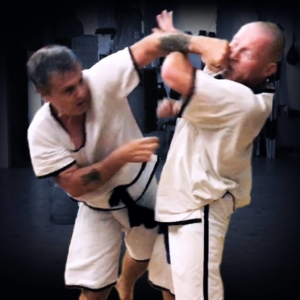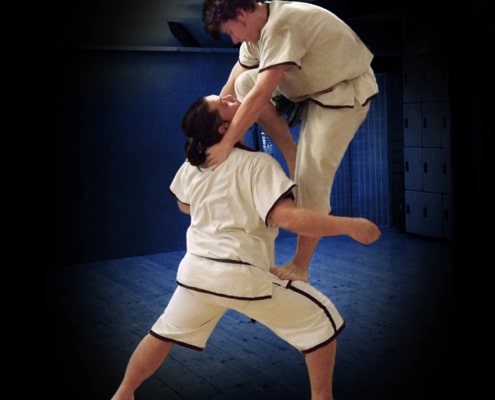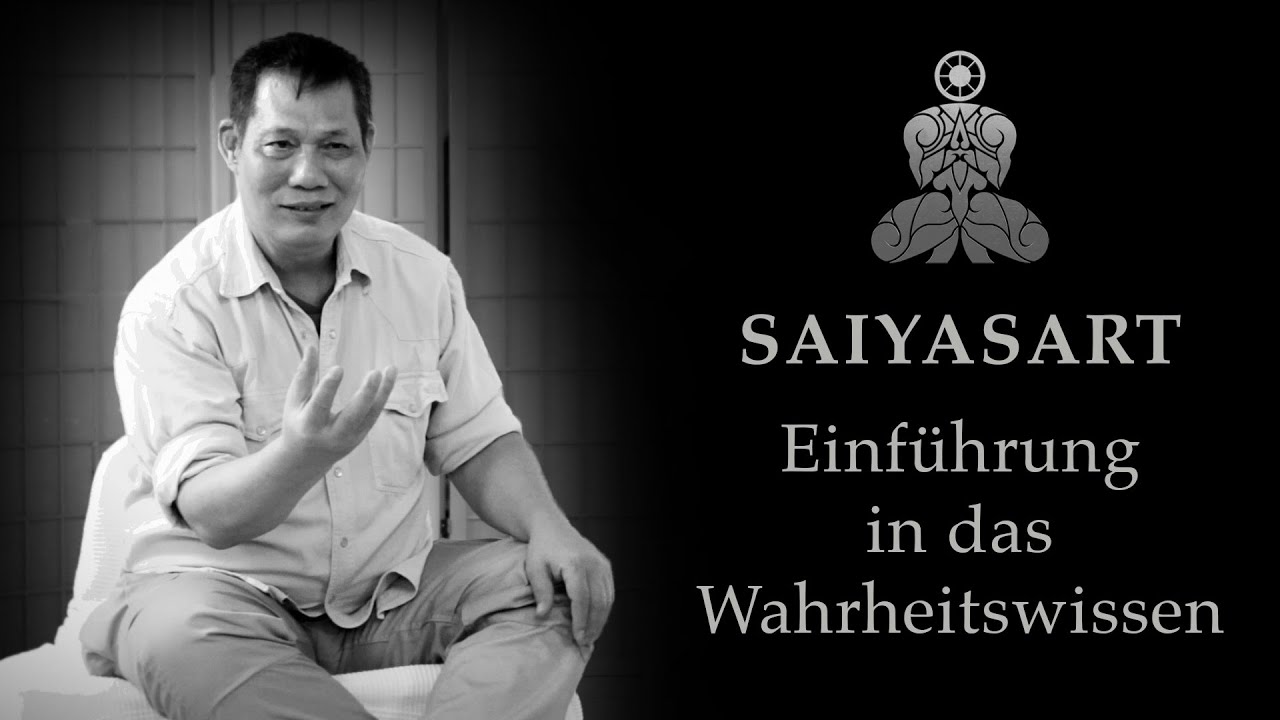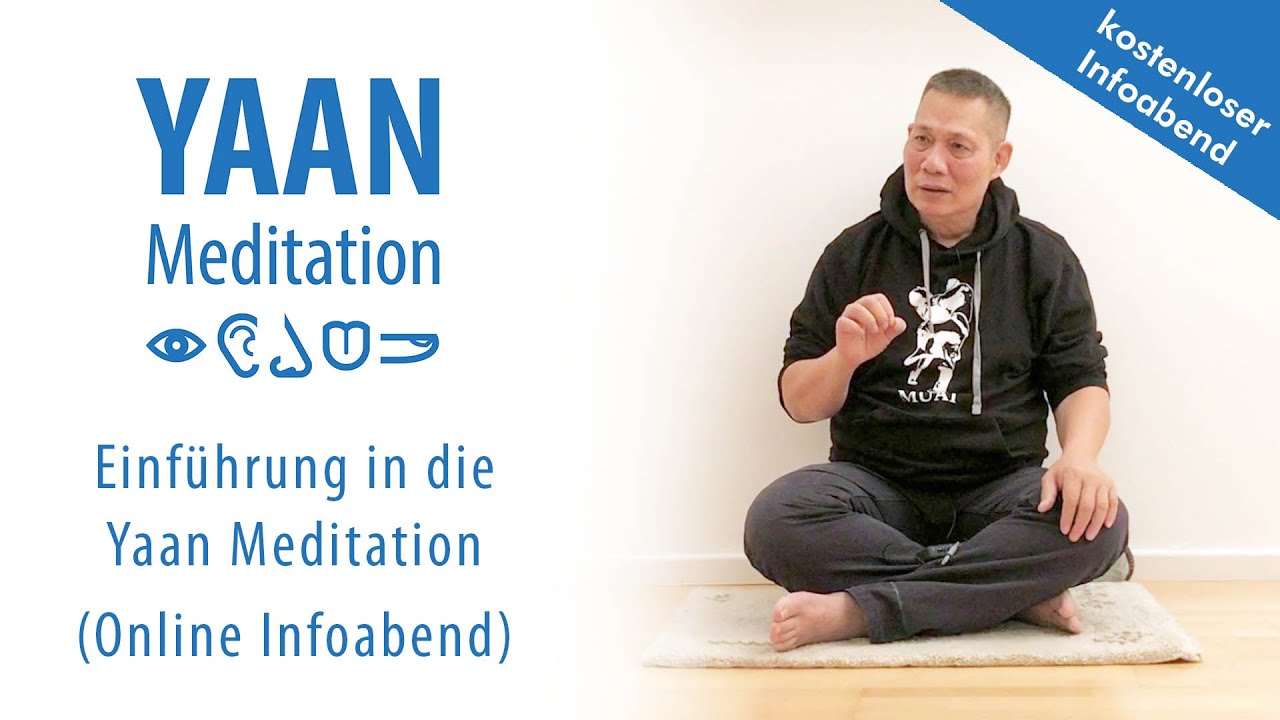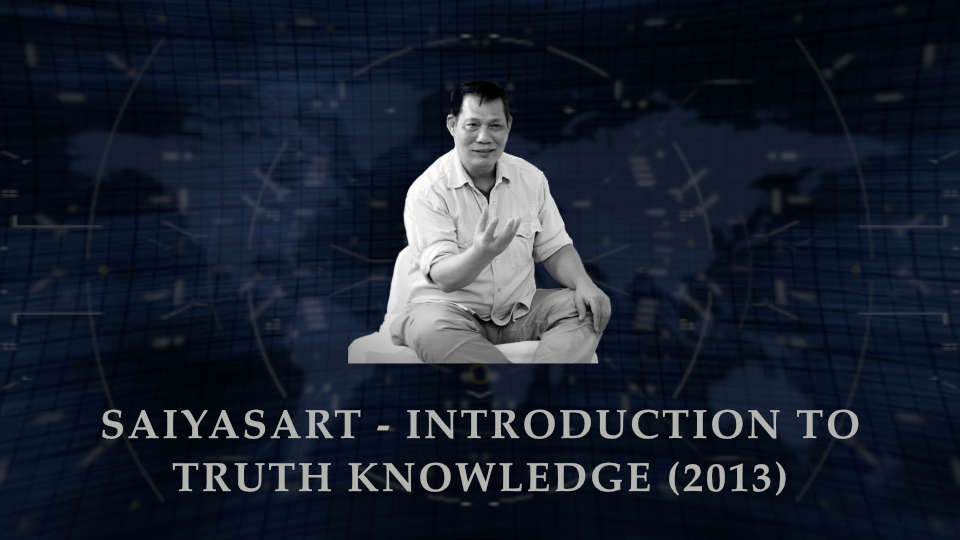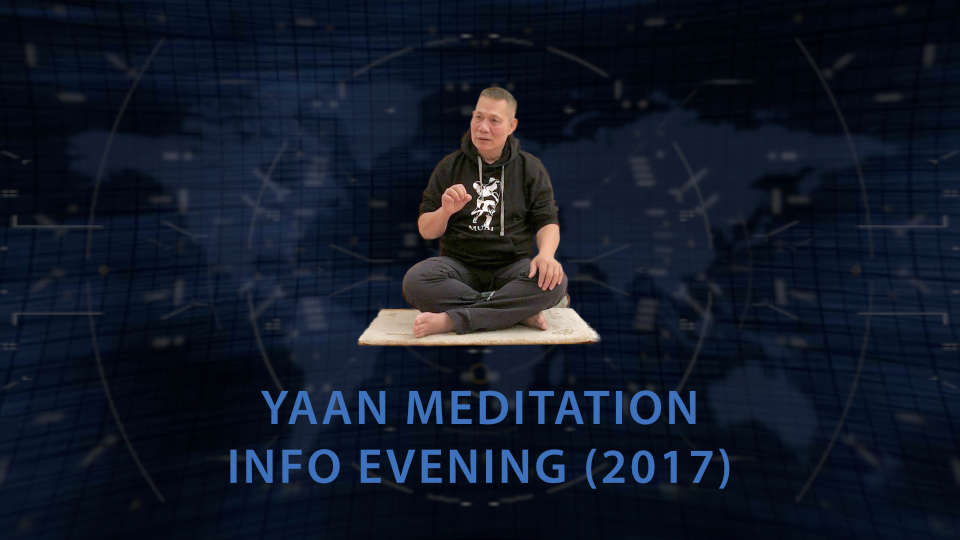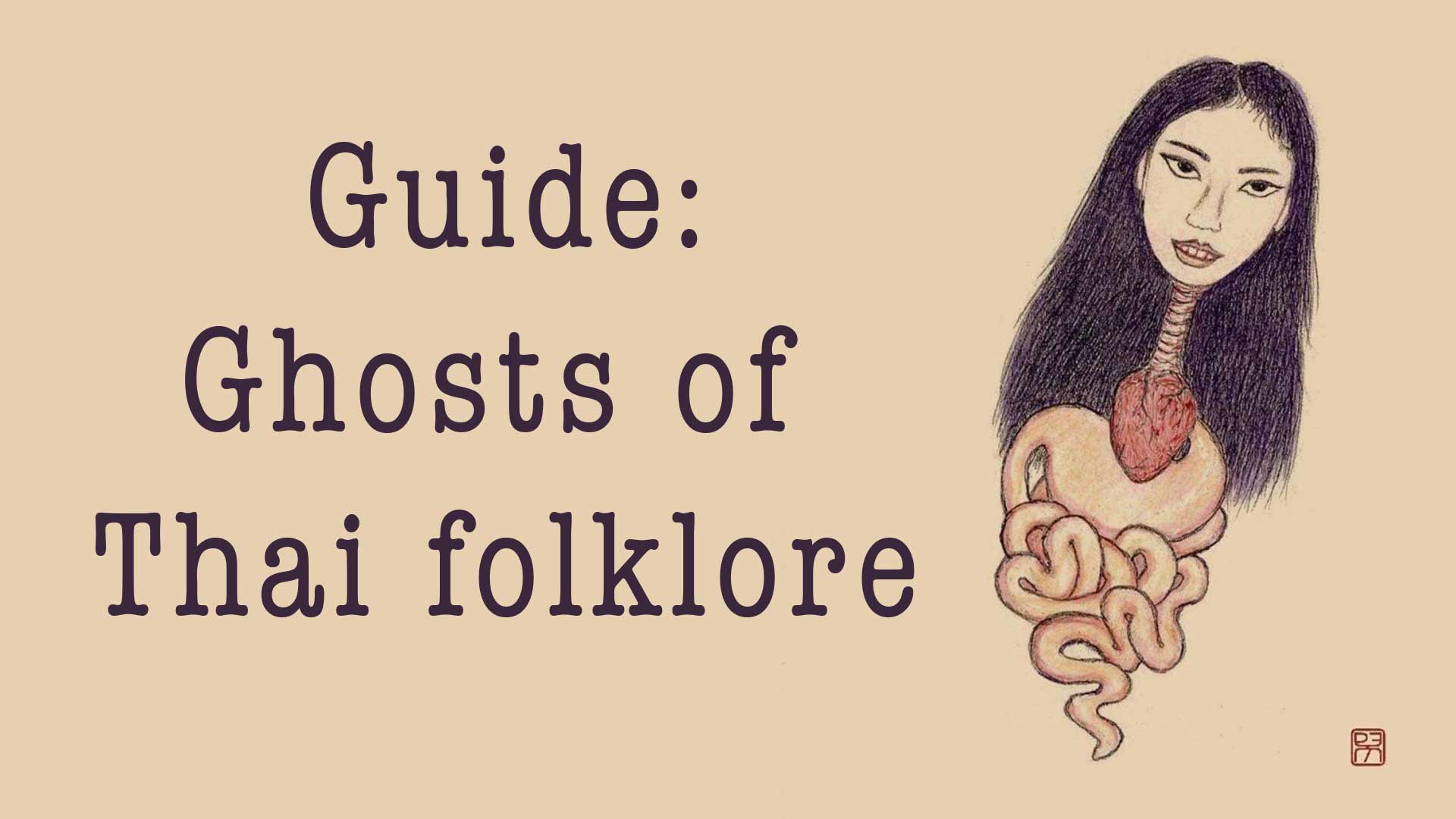The 4 most important persons for a relationship
No matter if it is a flirtation, a friendship, a partnership or even a marriage. In almost every interpersonal relationship, there are four people that you should definitely consider in order to avoid unnecessary anger and relationship stress and to have a happy and satisfied partnership. In this blog post, we explain where these four people come from and why you should know them.
Content
Wait. Why four? There are only two of us!
Wrong. In the vast majority of relationships, there are not just two, but four participants. First of all, there are the two partners A and B, who have a relationship with each other. Such a relationship is referred to in the model of Yaan Meditation or Saiyasart as a relationship or relational aspect. Relational aspects are any form of relationship to each other, provided that two or more individuals are in a relationship to each other.
If person A and person B only had that one relational aspect to each other, everything would probably be fine and the relationship would be in balance. But it’s not like that, at least in most cases. In reality, there are almost always at least four people involved and this leads to conflicts sooner or later.
An example
Anton (Person A) sits on the couch after a long day at work and wants to watch the football match on TV. His girlfriend Bella (Person B) has just come home and is annoyed that Anton didn’t take out the trash again. She had already told him in the morning that the garbage had to go out and assumed that Anton would comply with her request. The fact that Anton seems to be just lounging and the garbage is stored in the kitchen without being taken out drives Bella up the wall. Again.
What is happening here?
The situation described here is a typical example of a relationship stressor. In this case, Anton (person A) and Bella (person B) have a relationship with each other, which we call the relationship aspect. This relational aspect is obviously unbalanced and leads to stress in the relationship. But why is that? If we take a closer look at the situation, we can see that not only two, but four people are involved.
In addition to Anton (person A) and Bella (person B), there is also the person Anton imagines himself (person B from the point of view of A) and the person Bella imagines herself (person A from the point of view of B). These are the so-called imaginary persons.
Imaginary persons are mental constructs (visions) that we create in our heads to represent real people. We use these images to simplify reality and save time and energy. We have all created such imaginary individuals from the people around us. And these imaginary individuals play a crucial role in how we perceive reality and how we react to it.
The problem
The problem is that our imaginary people are often very different from the real persons because they are based on inaccurate perceptions or even our wishful thinking. This means that we are basically constantly cheating or having relationships with our own fantasies, rather than with real people.
In principle, this is not a big problem as long as the imaginary person is somewhat similar to the real person. However, if the perception of those imaginary persons differs significantly from the perception of the real person, this can and will lead to serious problems in the relationship with high reliability.
Wait. Excuse me? I live with a fantasy?
Yes, right. In the example of Anton and Bella, Anton’s imaginary person of Bella is the nagging, always dissatisfied girlfriend who is never happy with anything. Anton’s imaginary Bella is obviously very different from the real Bella. In reality, Bella may be a very loving and caring person who wants only the best for Anton. But Anton does not see this, because he only perceives the imaginary person he has created in his head – his “imaginary partner”
The same goes for Bella. Her imaginary person Anton is the lazy guy who never does anything and expects you to do everything for him. The real Anton is probably a very hardworking and responsible person who only had a bad day at work. But Bella doesn’t see that, because she only sees the imaginary person she created in her head – her “imaginary partner”.
Not recognizing or not wanting to recognize the difference between such an “imaginary partner” and a real person sooner or later leads to a fundamental misunderstanding of the other person, their intentions and their goals. And this misunderstanding is often the cause of relationship stress, because we are constantly trying to interact with imaginary people instead of a real person.
It always gets complicated when we try to project our hopes and desires onto these imaginary partners and wonder why our real relationship participants then behave differently than we would have liked. The problem is that in such moments we simply communicated with the wrong person. After all, a person who does not exist cannot take out the garbage, while another imaginary person cannot stop nagging as long as we create them exactly the same way and not differently. Pretty logical, isn’t it?
What can be done about it?
The best way to deal with this problem is to become aware of your self-created, imaginary people in the first place. Once you are aware of them, you can start working on and with this simulation. The goal is to the imaginary people around you disappear and to see the people with whom you have a relationship as they really are, and not as you would like them to be.
So say goodbye to your “imaginary partner” and discover your “real partner”. But be careful! It could be that even after years and decades of a happy partnership, you suddenly realize that your partner is a completely different person than you always thought. We assume no liability for any damage to emotions, relationships, world views, persons, property or assets!
Once you have successfully resolved the mirage of only one imaginary person for yourself, it will be easier for you to do the same with other people in your everyday environment. Is your boss really such a tyrannical despot or is he just a human being? Is your mother-in-law maybe not the evil witch you’ve always thought she was, but an incredibly loving but desperate person? Or do you treat your own children as your “dream children” and force them to live up to your desires every day, even though those wishes of yours may have nothing to do with their reality at all? Find it out!
What does this have to do with martial arts?
Quite a lot. In a fight you also build a relationship with another person and “stress” is of course inevitable in this particular kind of relational aspect.
Understanding as a fighter that there is both the real opponent and an “imaginary opponent” can help you to no longer react to what you are fantasizing, but to what your real opponent actually does or fails to do. Ask yourself how many times you have fallen for a feint of your imaginary sparring partner and then just catched a full blow from your real counterpart.
In Pahuyuth we learn to pay attention to our surroundings and the people in it. We learn not to react impulsively (i.e. without being affected), but to look at the world and think about what is happening and why it is happening. We learn to remain calm under pressure, to make rational decisions and, when in doubt, to forgive first before engaging in any form of violence. We understand that every existence is defined by being and non-being and includes an inner aspect, an external aspect and a relational aspect.
All these skills are not only combat-relevant, but also important in all other relationships, no matter if they are private or professional. If we can transfer this warrior knowledge to our everyday lives, then we will be able to make better decisions in many situations. The right perception can thus make the difference between “victory” and “defeat” – in every relationship!
How can I sharpen my perception even further?
If you want to optimize your perception in a practice-oriented way, whether for your everyday life, your career, your partnership or your success as a fighter, we recommend that you study Yaan Meditation or Saiyasart.
Just start with the (free) videos linked below and take a look at our corresponding topic pages with (also free) additional information. If your thirst for knowledge is still not quenched, we recommend participating in our online training.
As a member, you will get access to all 50 seminar parts of the Yaan Meditation Course (more than 67 hours of video material in German) and can deepen your Pahuyuth, Yaan and Saiyasart studies under expert guidance via our in-house forum.
Introduction to Saiyasart
- Free Information Event Online
- 80 Minutes Video
- Language: German
Introduction to Yaan Meditation
- Free Information Event Online
- 78 Minutes Video
- Language: German
Summary
The bottom line is that understanding the difference between an imaginary person and the real person can help to drastically reduce any relationship stress. In addition, sharpening your perception can help you better understand your relationship partners and thus improve all your relationships. And finally, as a fighter, by separating reality and vision, you can learn a valuable skill that you can transfer to all your other relationships.
Thank you for reading! We hope this article has helped to understand the importance of the four persons in a relationship. If you found this article interesting, please feel free to share it with your relationship partners!








